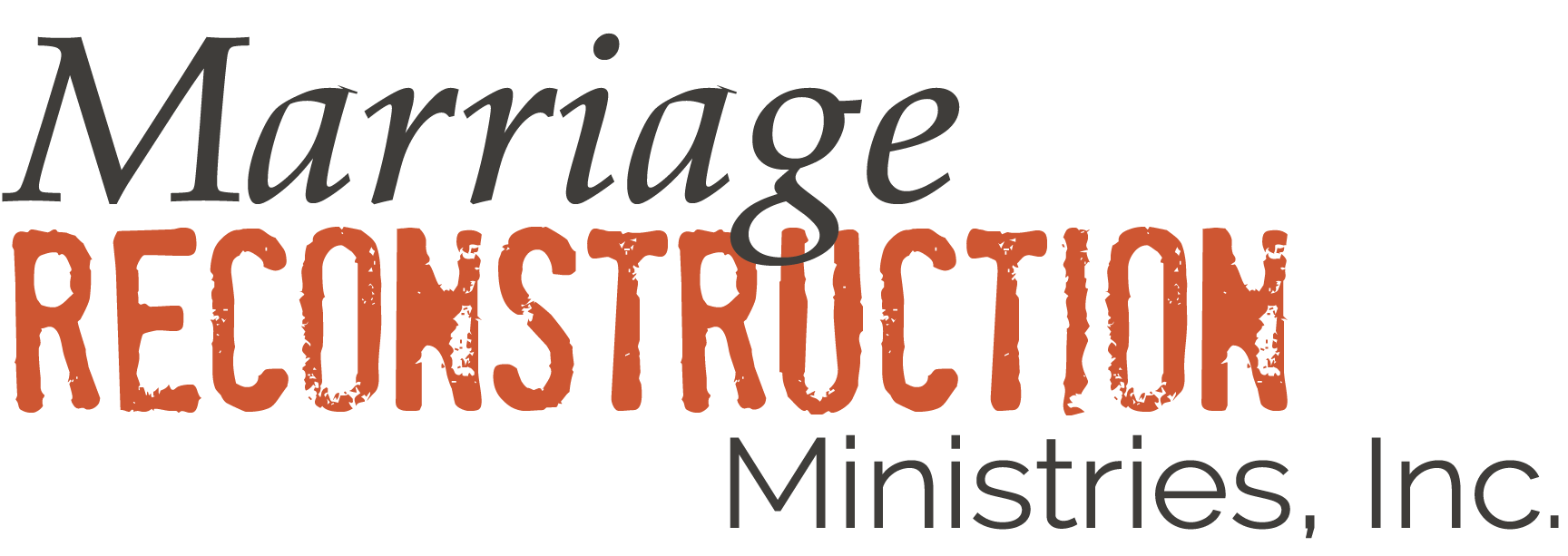Last Thursday at 7:46 AM (ET), I joined with countless others by pausing for a few moments to pray for people I’ve never met but people I’ll never forget – the families who lost loved ones in the 9/11 attack on the World Trade Center. I remember the words spoken during the days following 9/11; “Let’s not forget.”
Let’s also not forget our veterans, young and old, who are survivors of frightful and evil trauma and often victims of post-traumatic stress disorder (PTSD). PTSD, historically associated with effects of war and natural disasters, regained attention with the return of soldiers from the Vietnam War.
In the 1970’s, research and clinical practice began recognizing phenomena that had been set aside and ignored since the 1890’s, and that is the long-term effects of childhood sexual abuse (CSA). Further research (see footnote below) in the 1990’s indicated that CSA resulted in symptoms similar to those experienced by Vietnam veterans who experienced war-related trauma and that the sexual abuse could be considered as a traumatic event. Given that one in four women have been sexually abused as children – some studies contend one in three – the need to address the effects of CSA is warranted.
Previous to the resurgence of research in the 1970s, CSA was not considered a traumatic experience. Since that time, “sexual abuse is now identified as a stressor of such emotional complexity that it has a high potential to traumatize” (Courtois, 1999, p. 119). Today, PTSD is a recognized diagnosis among clinicians of many survivors of CSA. Incest has the greatest risk for traumatization due to the close relation and its duration.
The diagnosis of PTSD requires exposure to a traumatic event that meets two conditions:
(a) the person has experienced, witnessed, or been confronted with an event or events that, involve actual or threatened death or serious injury, or a threat to the physical integrity of oneself or others, and
(b) the person’s response involved intense fear, helplessness, or horror. Note: in children, it may be expressed instead by disorganized or agitated behavior. (American Psychiatric Association, 2000)
In this blog, I’m citing just two conditions for the diagnosis of PTSD and brief explanations of how each is experienced in CSA.
- Invasive thoughts with physical effects (Intrusive recollection). Trauma affects both body and mind. For example, the body responds to subsequent triggers of previous trauma. For the victim of CSA, intrusive recollection can occur through nightmares and flashbacks of the CSA trauma. Rational thought does not thwart the response. The body and mind react as though the traumatic events are still occurring. The symptoms include accelerated heart rate, cold sweats, heart palpitations, and hyper-startle responses.
- Avoidant / numbing. Those who suffer from PTSD avoid situations that are associated with the traumatic event. Survivors of CSA invariably make conscious attempts to avoid thoughts, feelings, or activities associated with the abuse. Numbing can be observed in common phrases used by survivors of CSA such as, “It’s too dangerous for me to let my wall down,” and “I will never trust him.”
Stacie Putnam, a survivor of CSA, has referred to a survivor’s sense that the monster that was once in her bed had been replaced by the monster in her head. Trauma inflicted by one person on another, as occurs in CSA, produced symptoms affecting daily functioning, damaged the building blocks of relationship such as trust and security, and rendered the partner of the traumatized person feeling helpless and hopeless.
Childhood Sexual Abuse: Let’s add this trauma to the list of things we should not forget.
As the husband of a CSA survivor, I am instructed by the words of Constance Nightingale.
As sexual abuse is the most unloving thing that can happen to a child, then love is the key to our healing . . . the love that is acceptance of the people we are. It’s someone listening and believing, someone caring, and understanding the complex mix of our emotions; someone accepting all the rage, grief and terror we have concealed for so long; someone helping us to replace the old tape that told us we weren’t worth anything, were guilty and dirty, with a true new tape that speaks of our value, our innocence and essential goodness, and of our ability to take control over our own lives, and to trust ourselves and others. (Cited by Bray, 1997, p. 195)
Footnote:
In one study, 117 help-seeking adult survivors of CSA were assessed with a research purpose of exploring the relationship between the CSA and PTSD. Results indicated that 72% of the sample met full DSM-III-R criteria for PTSD at the time of the study and 14% met the criteria for partial PTSD. It was also reported that 86% met full DSM-III-R criteria for PTSD at some point during their lives and 6% met the criteria for partial PTSD (Rodriguez, Ryan, Rowan, & Foy, 1996).
Resources
Bray, M. (1997). Sexual abuse – the child’s voice: Poppies on the rubbish heap. London: Jessica Kingsley Publishers.
Courtois, C. A. (1999). Recollection of sexual abuse: Treatment principles and guidelines. New York, NY: W. W. Norton & Company.
McNew, J. A., & Abell, N. (1995, January). Posttraumatic stress symptomatology: Similarities and differences between Vietnam veterans and adult survivors of childhood sexual abuse. Social Work, 40(1), 115-126.
Putman, S. E. (2009, Winter). The monsters in my head: Posttraumatic stress disorder and the child survivor of sexual abuse. Journal of Counseling & Development, 87(1), 80-89.
Rodriguez, N., Ryan, S. W., Rowan, A. B., & Foy, D. W. (1996). Posttraumatic stress disorder in a clinical sample of adult survivors of childhood sexual abuse. Child Abuse and Neglect, 20(10), 943-952.
Rothschild, B. (2000). The body remembers: The psychophysiology of trauma and trauma treatment. New York, NY: W. W. Norton & Company.

